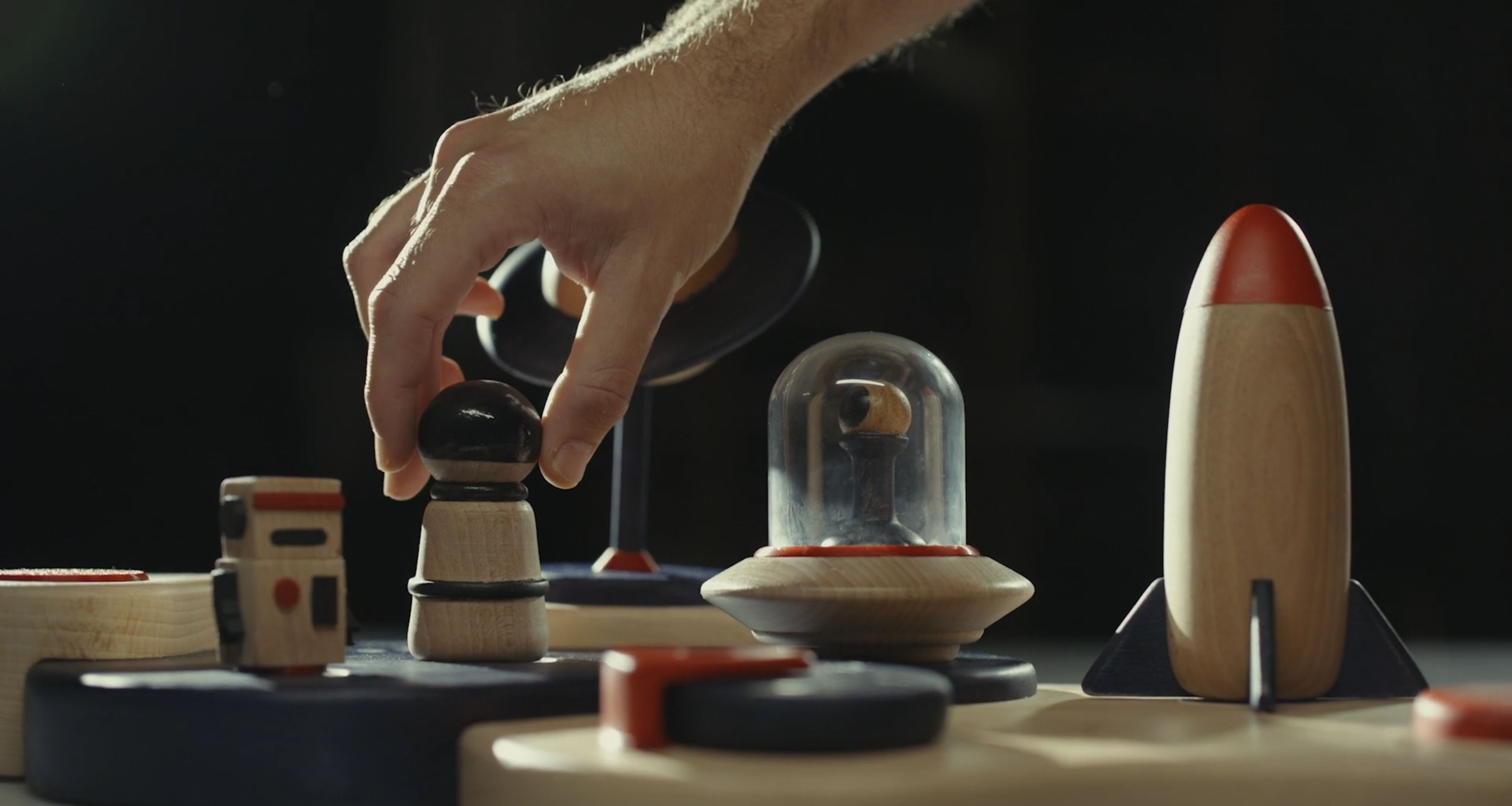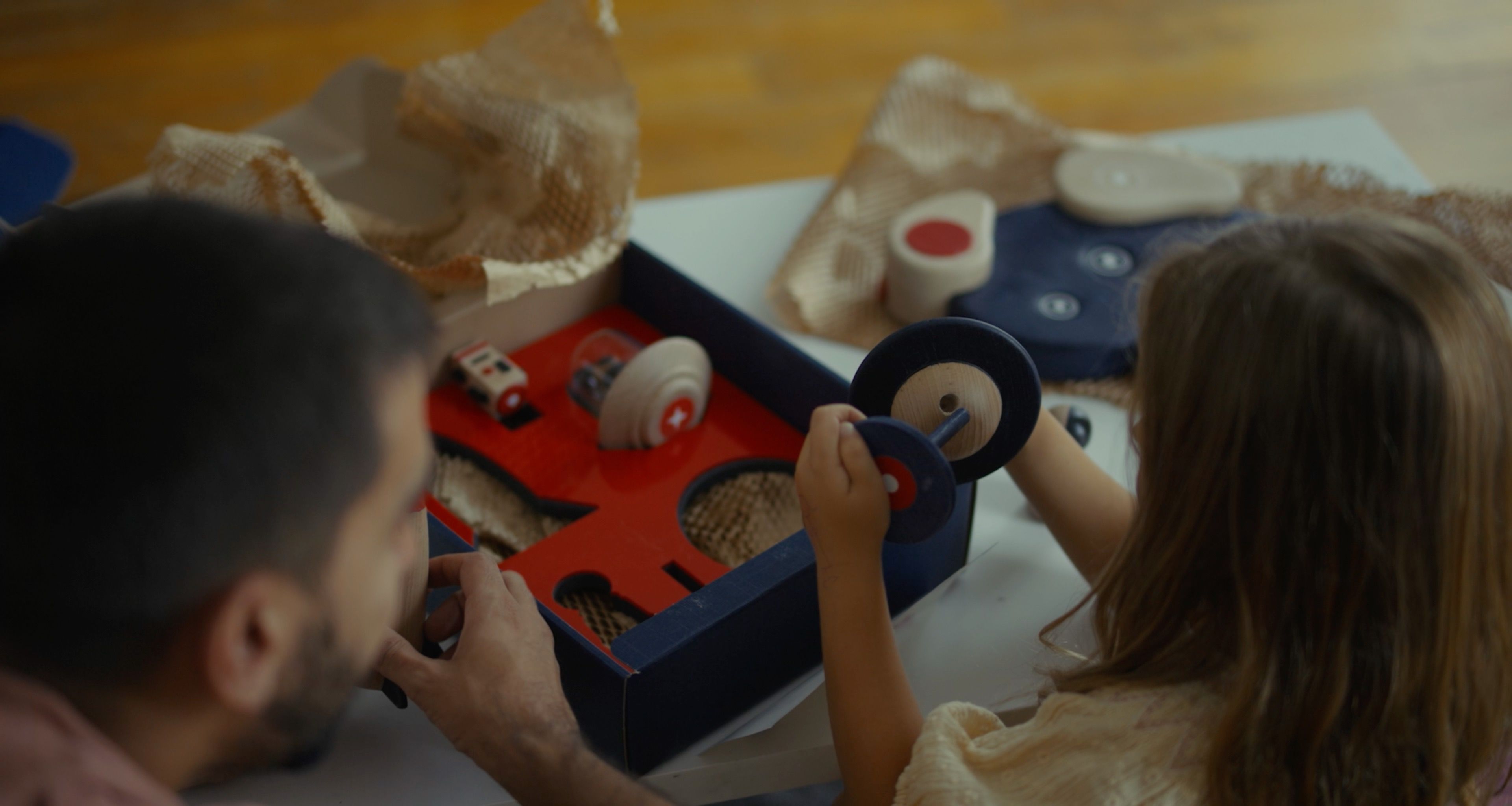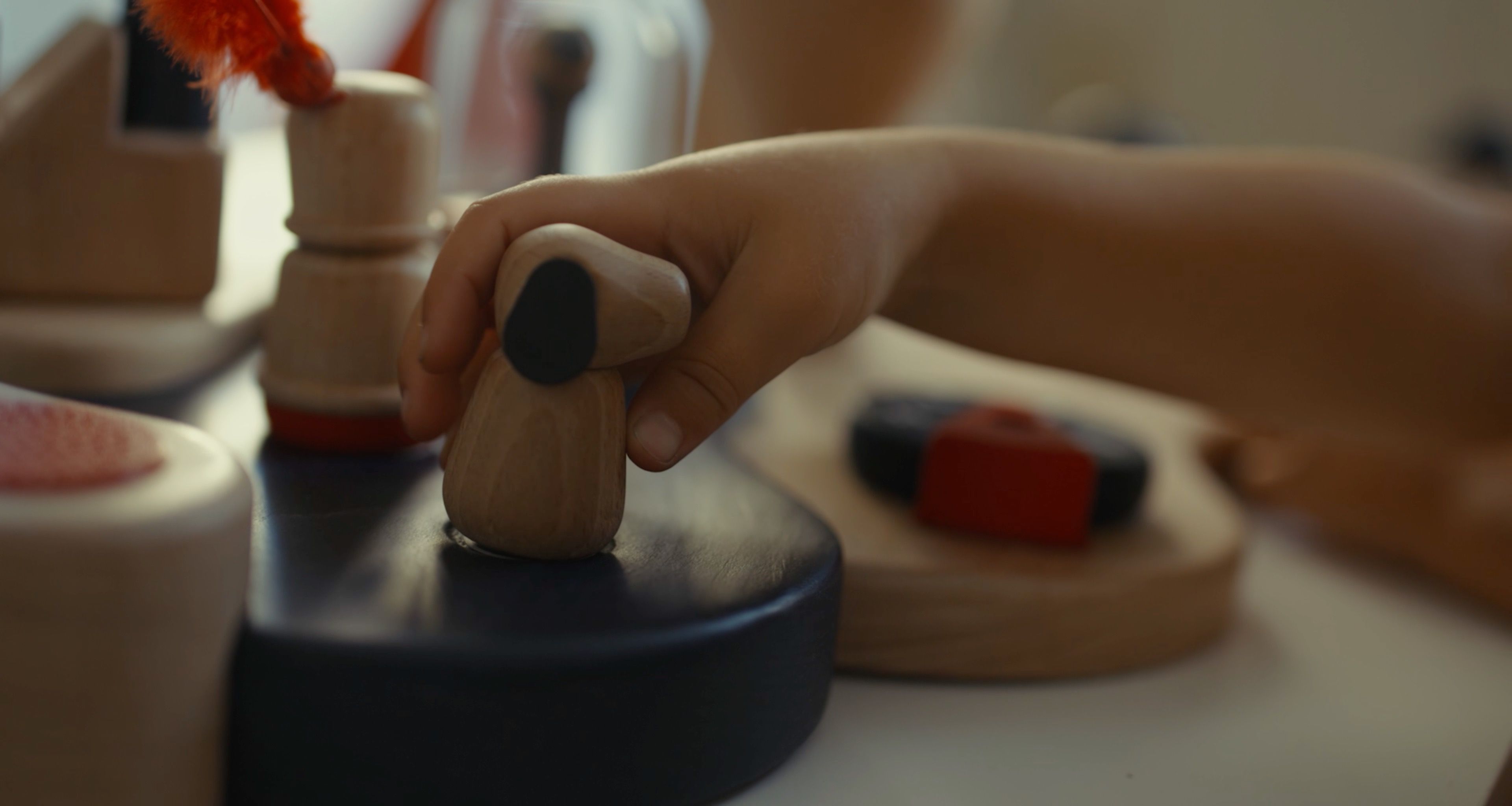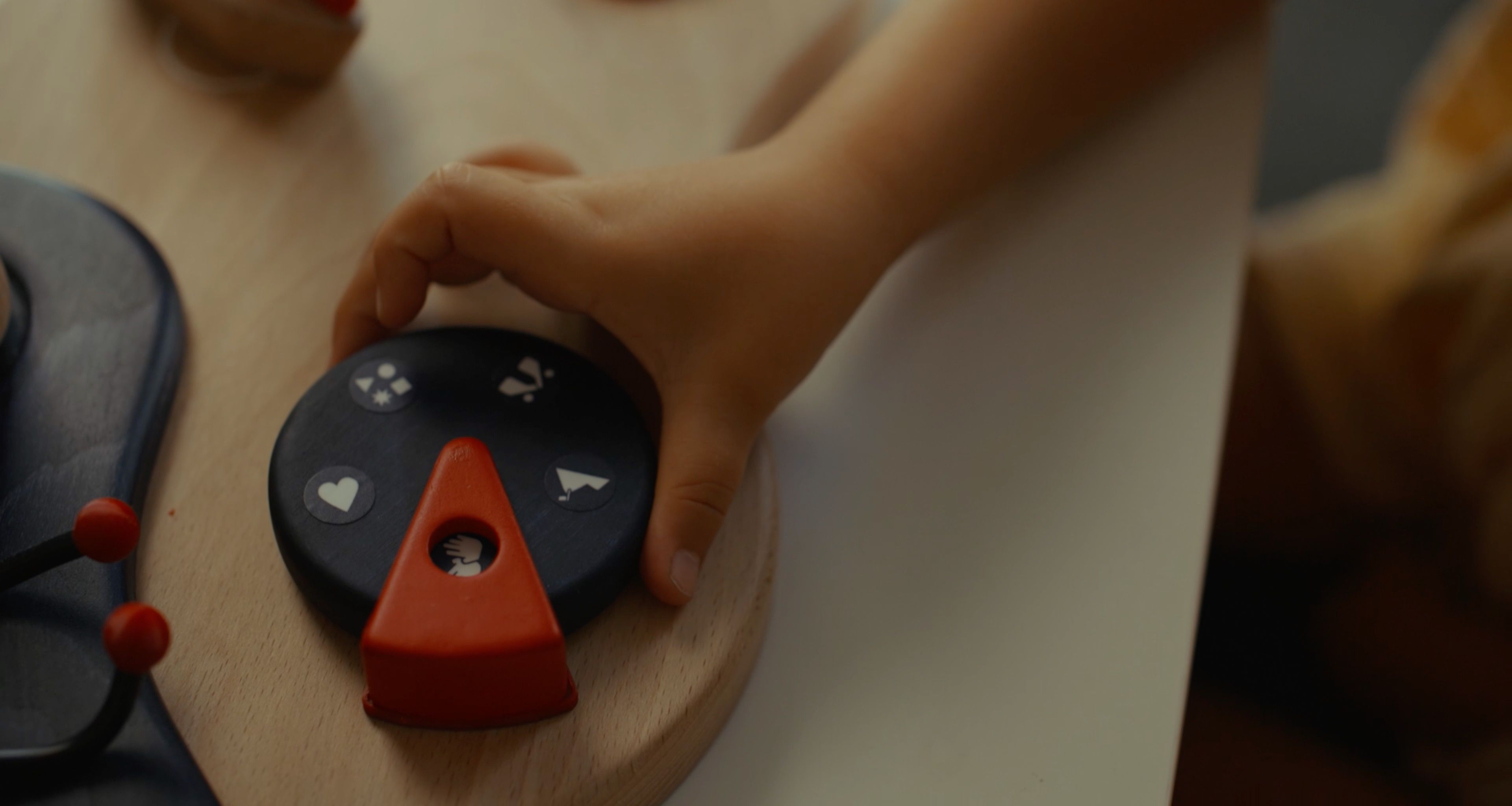
Designers
Sam Penfield, Miguel Espada, Daniel Romero, Laura Fajardo, Alvaro Gordo, Francesca Palau
Year
2025
Category
Concept
Country
Spain
Design Studio / Department
SpecialGuestX / 1stAveMachine
»This toy concept blends physical and digital design to enhance storytelling, promoting creativity, literacy, and parent-child bonding. It integrates GenAI for story generation, text-to-speech, and NFC technology, offering an intuitive, screen-free experience with a high-quality wooden design. The modular system allows children to personalize stories, fostering engagement. While AI-generated storytelling may limit story quality and author roles, and biases remain unaddressed, the concept's thoughtful use of technology and focus on meaningful interactions make it highly relevant and commendable.«
UX Design Awards Jury 2025 Spring
And the award goes to...

Three questions to the project team
What was the particular challenge of the project from a UX point of view?
One of the main challenges of the Bedtime AI Storymaker was designing and simplifying a system that could create infinite stories by moving characters on a physical board, while humanizing AI.
The UX had to bridge the gap between understanding how the different movements of these wooden pieces would shape AI-generated storytelling. Each physical piece—protagonists, antagonists, environments, or themes—had to be intuitive and visually distinct, as it was responsible for conveying clear information to the AI. This ensured that users, especially children, understood how their physical selections influenced the narrative. This process required iterative prototyping and user testing to refine both the interaction design and the AI responses.
What was your personal highlight in the development process? Was there an aha!-moment, was there a low point?
A personal highlight was when we saw the potential of an AI generating limitless engaging stories, while bonding traditional human storytelling.
The 'aha!' moment came when we realized that the AI didn’t need overly detailed inputs to create dynamic stories—just a few well-defined parameters were enough. A low point was grappling with the initial complexity of recognizing user intent. This was solved by iterating on the design of the physical elements to have clear, recognizable elements.
Where do you see yourself and the project in the next five years?
We feel that the simplicity and the human approach of this project, makes it an atemporal piece. It would be amazing to democratize these pieces while gathering families to play with it before bedtime. We will continue integrating, and mixing the evolving world of AI into unique and creative physical experiences.


